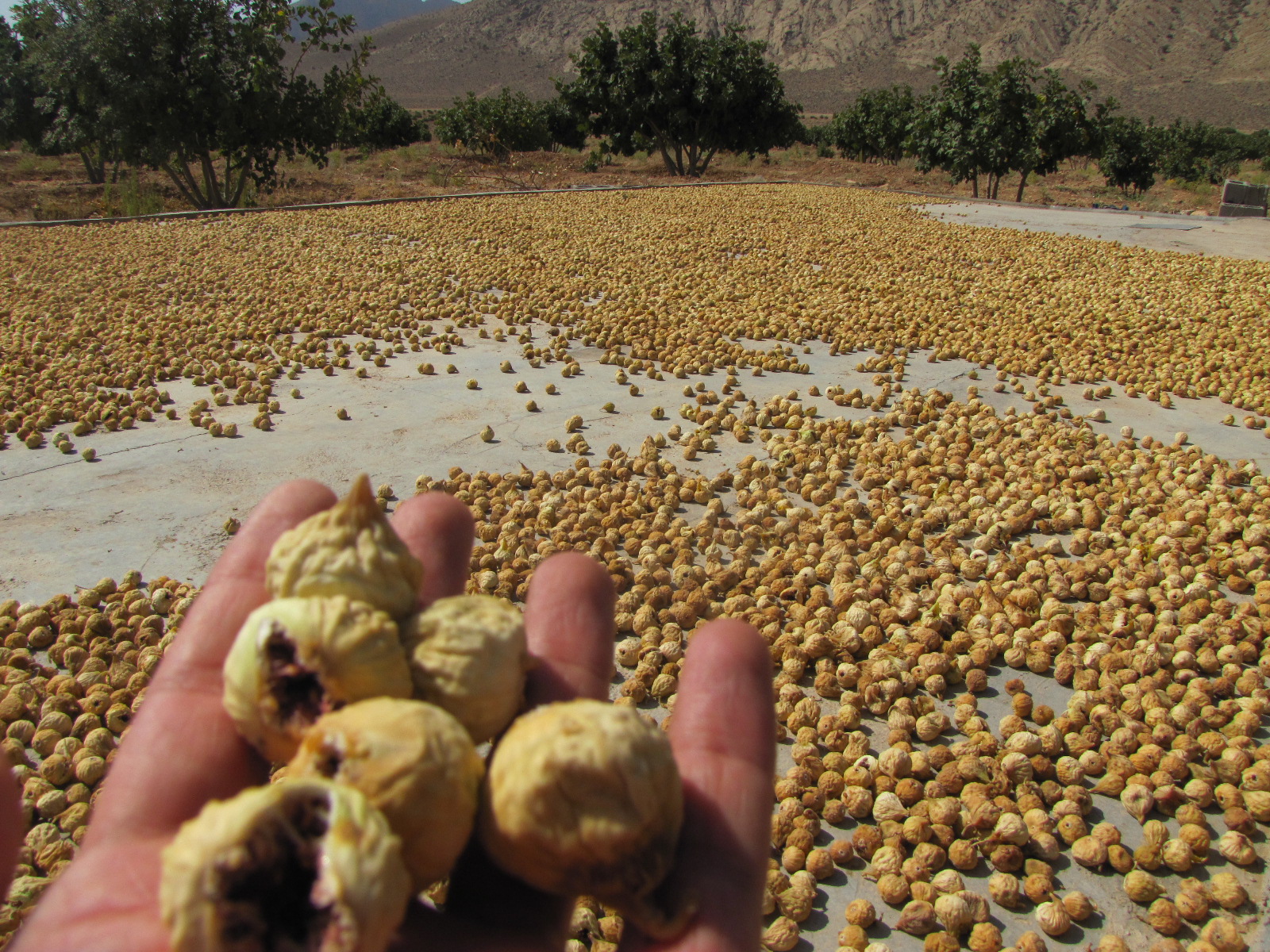Three new sites in Asia are the latest to have been formally designated Globally Important Agricultural Heritage Systems (GIAHS), underlining the importance of the continent’s centuries-old agricultural practices in feeding the world’s growing population and combating climate change and biodiversity loss.
The sites - a unique rainfed fig growing region in Iran, an area famous for using fallen leaves as compost for agriculture in suburban Tokyo and a system breeding beef cattle with unique genetic preservation practices in western Japan - were designated during a meeting of the GIAHS Scientific Advisory Group that convened in Valencia, Spain, on 4-7 July.
Under the flagship program of the Food and Agriculture Organization of the United Nations (FAO), the selection criteria stipulate that sites must be of global importance, have value as a public good, supporting food and livelihood security, agro-biodiversity, sustainable knowledge systems and practices, social values and culture as well as outstanding landscapes. The recognition of these sites also spurs communities to continue the sustainable management of these jewels of biodiversity and tradition.
With the latest additions to the global agricultural heritage systems list, FAO's worldwide agricultural heritage network now consists of 77 systems in 24 countries around the globe. The program recently held a major event to award certificates to the most recently designated sites and use immersive experiences to celebrate the diversity of GIAHS systems worldwide
The Estahban Rainfed Fig Orchards Heritage System, located in southwestern Iran’s Fars Province, is one of the world’s most important areas for rainfed fig production. The communities living in this mountainous part of the country have been cultivating unique fig gardens for at least 250 years, using precious and ancient varieties of the fruit. They use a distinctive and historic system of stone and clay constructions to channel the water to the roots of the trees, making an important contribution to combating erosion and desertification in this region of extreme temperatures.
The cultivation of rainfed figs plays a vital economic and social role in the region, providing livelihoods for thousands of families, directly and indirectly and even providing food for both domestic and wild animals. Communities from the county’s main city regularly spend a month or more in the fig gardens each year, helping to pick the fruit.


